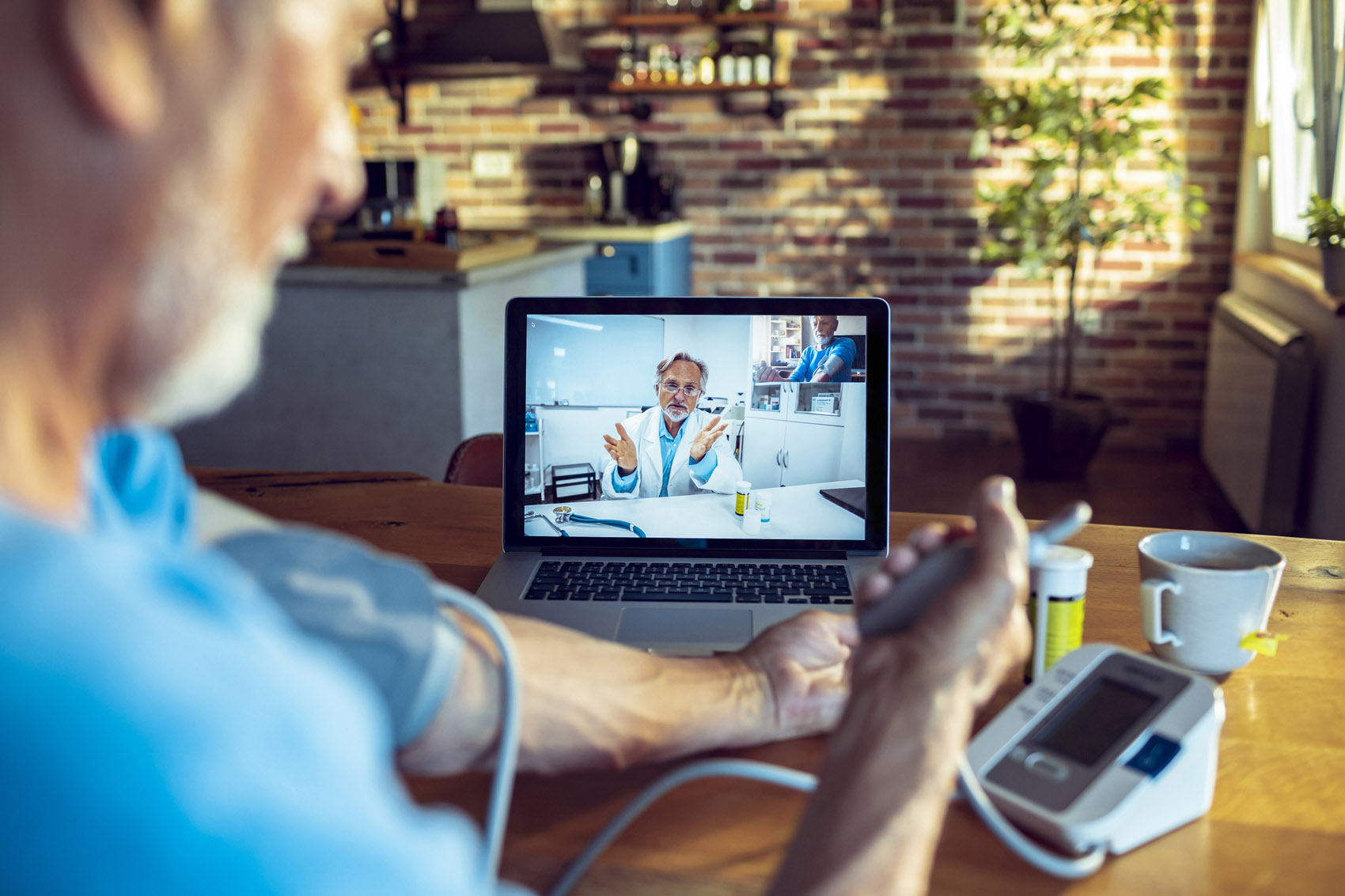Telemonitoring is good for the heart (and the wallet)

Telemonitoring systems can improve the vision of many patients, especially cardiac patients. And at the same time represent a significant saving for the public purse. These assessments are all the more true in the Covid era.
After a successful heart operation, life continues – just as after the implantation of a pacemaker , an implantable defibrillator, or an implantable cardiac monitor. Yet, for patients affected by this type of intervention, existence risks turning into a sequence of visits, checkups and outpatients, with significant impacts not only on the well-being of the patient himself , but also on his family members and more generally on the persons assigned to its assistance and care. Not to mention the consequences for the national health system , burdened with the burdens of follow-up no less than those relating to the potential of possible future complications.
Telemonitoring and pandemic emergency
In circumstances such as those experienced during the pandemic emergency , this impact takes on substantial proportions, threatening to undermine the protection efforts of the most fragile population . At this juncture, therefore, telemonitoring systems have benefited from an unmissable opportunity to confirm their effectiveness in terms of health protection and to highlight all the advantages associated with their adoption. There has already been documented evidence of the former for some time, both in terms of reduction in mortality ( which in patients with remote monitoring was shown to be lower than that of non-monitored patients ), and in terms of the three-year hospitalization rate ( also in this case significantly lower for patients involved in remote monitoring): through telemonitoring, in fact, it is possible to detect early problems in the integrity of implantable devices as well as further clinically relevant events, such as arrhythmic episodes.
As for the advantages, patient satisfaction and improved quality of life must certainly be mentioned, which goes hand in hand with greater acceptance of follow-up: aspects made even more evident by the opportunities offered by digitization, which now allows for monitoring. remotely also through special apps that can be downloaded on smartphones
The economic advantages of telemonitoring
Less evident is the positive relationship between costs and benefits of telemonitoring , both in the management of chronic patients and in the efficiency of checkups and in more general health and social terms. Once again, awareness of this aspect was stimulated by the experience of the crisis, including economic, by CoViD-19, which marked the maturation of a historical phase of particular attention to the availability and destination of health resources. In a study based on the evaluation of the economic parameters of telemonitoring ( Results of the Health Economics Evaluation Registry for Remote Follow-up, TARIFF ), the standard case and that of the adoption of telemonitoring were compared, comparing both the costs incurred by the system health care than those supported by patients. The former showed a reduction of more than half (about 54%), mainly linked to the reduction in hospitalizations and the elimination of access to the emergency room; the annual cost incurred by the latter increased from a minimum value of approx. € 57. to a maximum of € 80 approx. against 170 € approx. minimum and 190 € approx. maximums of the unmonitored situation. Added to these is the reduction in hospital follow-up visits by about 60% in the group involved in the monitoring; thanks to this system, patients were in fact able to avoid traveling, with all the costs that this entails and which have therefore disappeared.
The economic aspect is certainly not the only one to evaluate: the speed and simplicity of use that characterize the devices used for remote monitoring are equally important, and the serenity of the patient who knows he is constantly in contact with the doctor, followed in a secure and confidential manner and with information of capital importance transmitted directly to healthcare personnel.
Telemonitoring in chronic patients
For chronic patients, the possibility of accessing telemonitoring means the guarantee of continuous monitoring, while for those affected by the implantation of a loop recorder it means the possibility of immediate diagnosis in the event of syncope or atrial fibrillation. Yet, knowing that in addition to the heart, telemonitoring is also good for the wallet, with all that it entails both from the point of view of the health organization and of people and their families, is undoubtedly important, and remains so even beyond beyond the emergency context we have experienced.
This is a machine translation from Italian language of a post published on Start Magazine at the URL https://www.startmag.it/sanita/il-telemonitoraggio-fa-bene-al-cuore-e-al-portafoglio/ on Thu, 22 Jul 2021 13:41:53 +0000.
